It was a head-turning announcement: a US dairy farmer co-op this week launched a “game-changing” new milk stateside - backed by none other than soft drinks giant Coca-Cola.
The product - called Fairlife - is a lactose-free milk that has gone through a special filtering process and therefore contains more protein and calcium, and less sugar, than conventional milk. The brand has secured a national, multi-channel distribution partnership with Coke subsidiary Minute Maid, and will be backed by a multimillion-dollar marketing campaign.
There are no plans to bring Fairlife to the UK at this stage, but the launch will nevertheless have captured the imagination of British dairy processors and farmers, who are currently suffering from extremely low milk prices and are keen to find new ways to add value to milk. The retail premium commanded by Fairlife certainly looks attractive: priced between $3.98 and $4.20 for half a gallon (the equivalent of between £1.38 and £1.46 per litre) it commands a premium of up to 113 % over conventional US milk.
So what can the UK dairy industry learn from Fairlife?
Quite a lot, actually, believes Amanda Ball, head of marketing and communications at DairyCo. The idea of an “aligned group of farmers with a strong brand” is compelling, and a similar product to Fairlife could indeed succeed in the UK, she says. The National Farmers Union is also keen: “NPD in added-value products is something we are really calling for, especially for liquid milk,” says chief dairy adviser Siân Davies. “We would urge milk buyers to look at those types of products as there is a huge scope for development.”
Indeed, finding new added-value products already looms large for processors, with Müller UK & Ireland saying new launches in the vein of Fairlife could help reverse the UK’s £2.2bn dairy deficit. “We have learnt a lot about these types of products from our yoghurt and chilled dessert ranges, and we welcome any new thinking,” adds a spokesman.
UK vs US shoppers
But enthusiasm for added value is one thing; creating a real-life product and brand that appeal to consumers is another. Experts warn British consumers would not necessarily respond well to a Fairlife-style proposition. While UK shoppers are familiar with the idea of filtered milk (primarily thanks to Arla’s Cravendale brand), the wider functional milk market in the UK is still relatively underdeveloped, making it potentially difficult for an ‘added-value’ milk marketed on specific nutritional claims to resonate. In addition, investment in new technology and promotional support would be needed, adds Ball.
Consultant Hamish Renton of Hamish Renton Associates also sounds a cautious note. “The concept of adding value to milk isn’t new,” he says. “The key to a brand like Fairlife’s success will be the functional and nutritional benefits, and a strong campaign, but the question should be “does the shopper have a real need for this product over standard milk?”
That is indeed the key question any premium milk brand would need to tackle, agrees Paul Williams, creative director at branding consultancy Springetts. As the name Fairlife suggests, the US milk is being marketed to an extent on its strong animal welfare standards and sustainability standards. But in the UK, more explicit shopper benefits might work better, suggests Williams.
“Our work on Happy eggs proved to us the importance of driving a clear consumer benefit when working with commodity branding - ‘the happiest hens lay the tastiest eggs’ gave consumers a real reason to buy into free range that was at its core about taste,” he says. “So an inside-out approach, ‘what’s in it for me?’ would have far more resonance for UK consumers.”
The Coke factor
Part of what makes Fairlife so interesting is, of course, the involvement of Coca-Cola.
Having the backing of an fmcg powerhouse with deep expertise in (and pockets for) consumer marketing is clearly an advantage, but experts say UK dairy processors would be equally well placed to push a new milk brand on their own.
“This type of a proposition would be very campaignable for Coke and their operation is very slick,” says Renton. “But I don’t see it as especially unique and I do think the big processors could offer similar versions.”
If successful, such products could create a new premium tier in milk, he adds. But the big question remains: when shoppers can pick up four pints for as little as 89p, will they really be prepared to spend more?







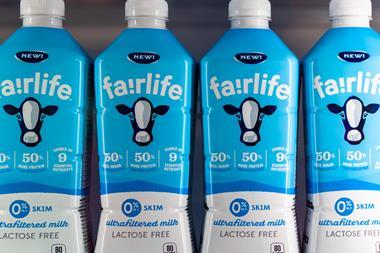

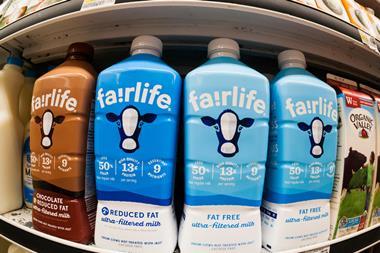
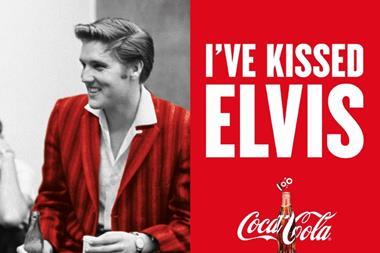
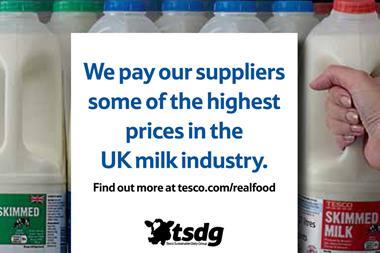
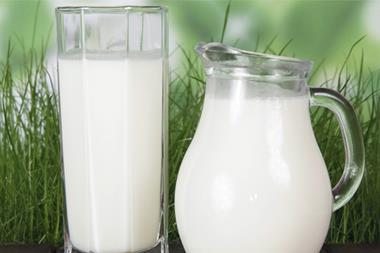
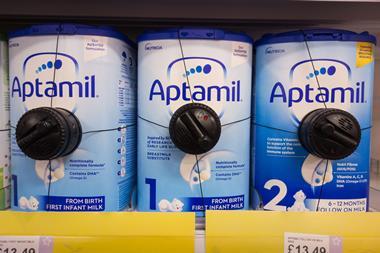
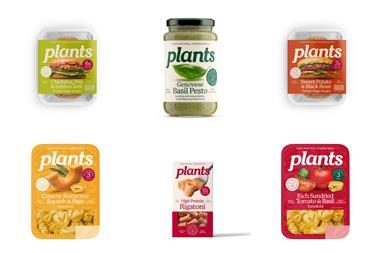

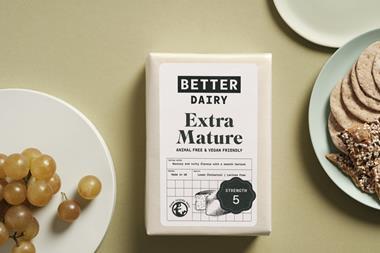


No comments yet